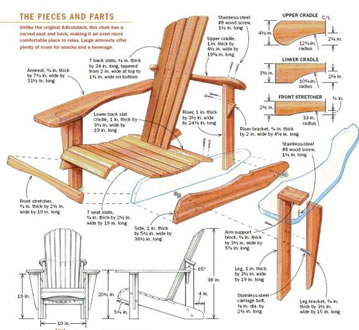Fixed base or plunge router, which one is better? Why should I buy one and leave the other? If you are a woodworker, then you want a router that will give you an easy time when working on both simple and complex projects; it enables you to achieve precision without sweat and most importantly makes it easier for you to meet deadlines. But are those some of the things that differentiate the two?
Well, the only answer you can get from a dealer on the issue of plunge router vs fixed, is that the router bit of a fixed base router is constant while that one for the plunge router isn’t. To help you make a wise choice here is what makes them different.
What Differentiates A Fixed Base Router From A Plunge Router?
Just as the name suggests, the router bit of a fixed base router is constant, meaning that if you set it at a ¼-inch cut depth, the router bit will protrude past the ¼-inch base until you adjust the depth.
On the other hand, a plunge router is designed in such a way that you can pre-set its cut depth and then plunge the router bit through and into the cut while the base of the router remains flat on the surface of the workpiece.
As you can see, both the fixed router and the plunge router will allow you to do the same thing, but in a different way.
One fact is, there are those who find how a fixed base router works quite conveniently as well as those who don’t. And the same goes for the Plunge router. However, for a person who is planning to buy and use one for the first time, it is always vital to notice the major pros as well as cons. Here are some of them.
What Are The Advantages Of Using A Fixed Base Router?
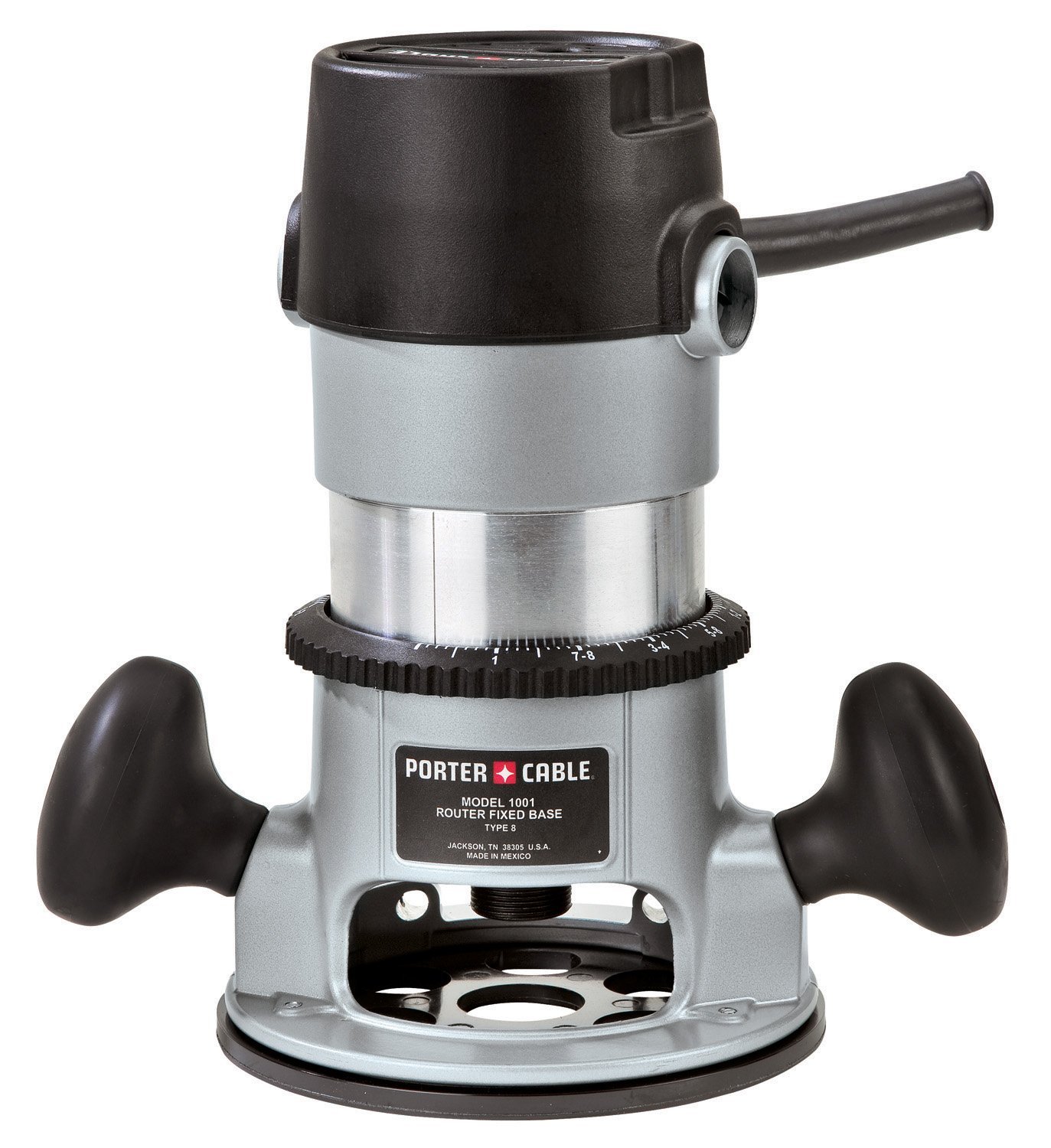
Control is much easier
One thing that makes a fixed base router quite admirable is that it is simpler to control. When using it, your hands have to be closer to the workpiece making it easier to control as well as to avoid mistakes making it a better choice for jigs as well as freehand edgework.
Re-do without compromising the overall result
As mentioned earlier, the bit router of a fixed base router is constant. Just set the depth you want to use and it will give you an accurate routing. If it doesn’t come out as you want, you can again place it back and get what you want, unlike the plunge router where repeating the process might compromise the overall result.
Easy set up on a router table
The fixed base router comes in handy when you are using a router table having interchangeable bases. What you need to do is, set up the fixed base into your router table then using a motor, slot it back into the router table anytime you need it.
As you can see, fixed base routers have their advantages and that is, they are much easier to work with, allows you to achieve routing without sweat, and more. But does this make it better than a plunge router?
Reasons to Use a Plunge Router Might Prove Convenient
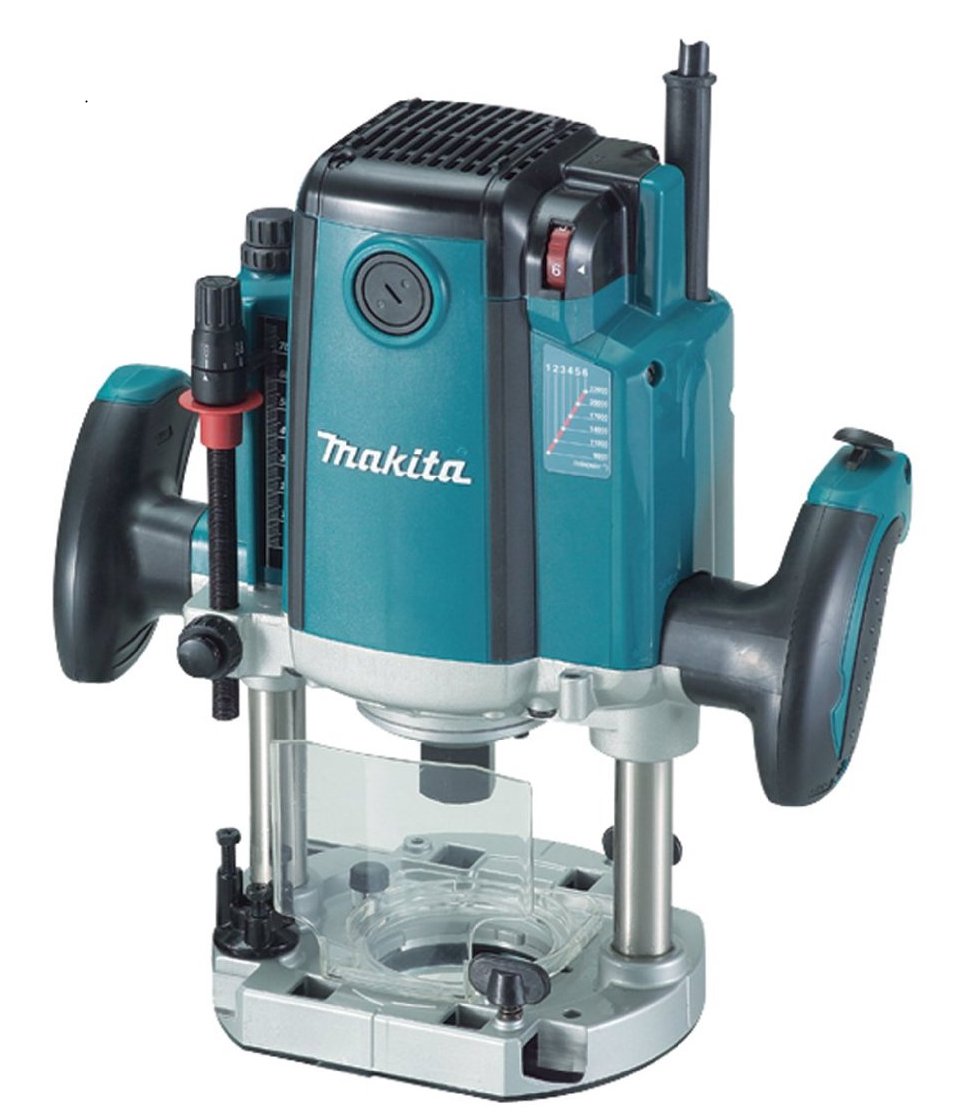
Works best for Inlay grooves
Inlay grooves are one of the most complex tasks when woodworking. The only way to achieve better results without risking anything, is to use a plunge router, why? It isn’t fixed meaning that it can go anywhere. The plunge mechanism makes the exit and entrance into the cut much easier, unlike a fixed base router where making a cut like this increases the chances of misalignment.
Best choice for complicated jigs
Plunge router works best for the elaborate jigs that are used to cut mortises, dovetails, and more and they can’t achieve this much better with a fixed base router, but a plunge router.
Easy to make fine adjustments
A plunge router features micro-adjustable depth Knobs that make it simpler to fine-tune the router compared to a fixed base router. Unlike a fixed base router, it allows you to read as well as fine-tune the depth to your liking making it easier for you to work on complicated projects.
An inbuilt bit protection
One thing that a Plunge router has that a fixed base router doesn’t is an inbuilt bit protection. This works best to ensure that your bit is protected when not in use. What you need to do is, disengage its lock lever for the spring-loaded mechanism to retract the housing as well as safely lift the bit.
Plunge router vs fixed
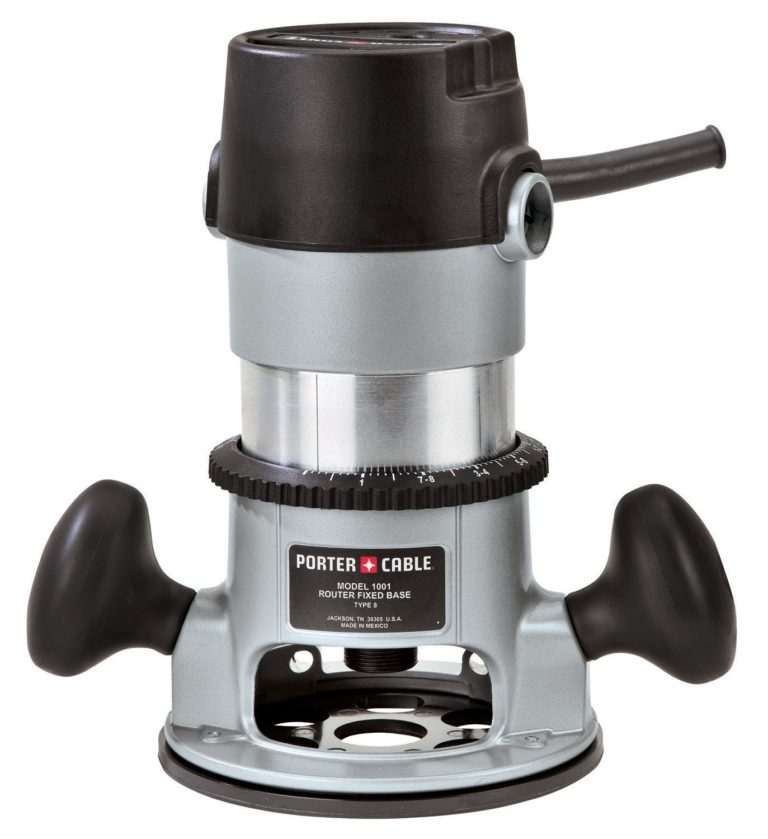
- Control is much easier
- Re-do without compromising the overall result
- Easy set up on a router table
- Allows you to work on simple projects with a lower risk of making mistakes
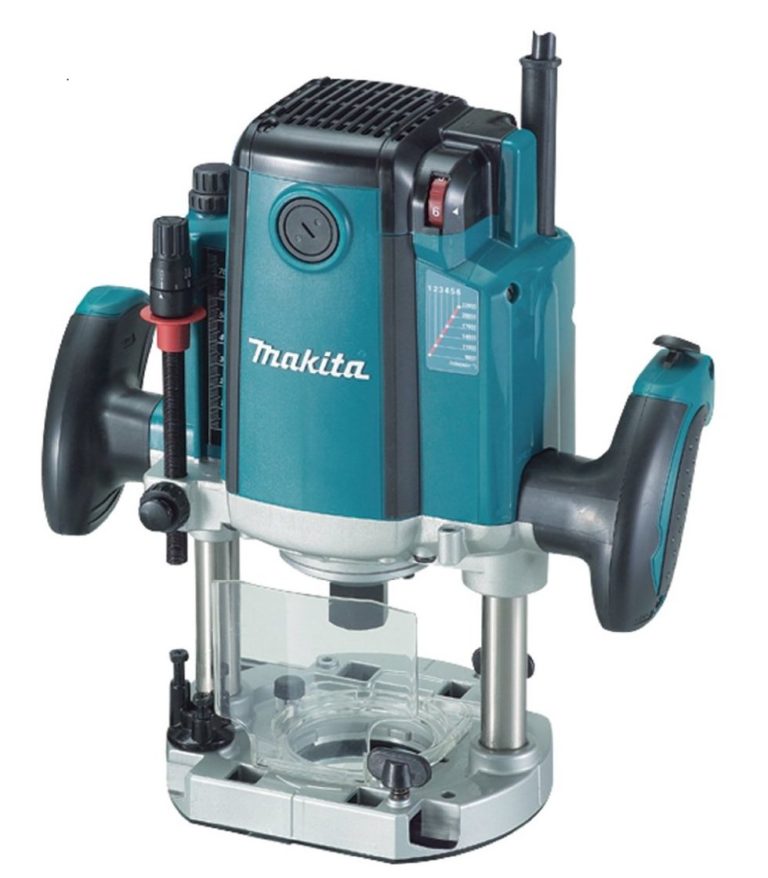
- Works best for Inlay grooves
- Best choice for complicated jigs
- Easy to make fine adjustments
- An inbuilt bit protection
- Great for complicated projects such as specialized bits, inlay grooves and more
The bottom line (Plunge router vs fixed)
It is quite clear that both the fixed router and the Plunge router were designed to meet the needs of different woodworkers. The fixed base allows you to work on simple projects with a lower risk of making mistakes and most importantly easy to use. However, when you are planning to work on the most complicated projects such as specialized bits, inlay grooves, and more, nothing comes in handy as a Plunge router.
There are many routers giving you the ability to use them both as the plunge of a fixed base. You can easily see which one of them is on this list.[no_toc]
